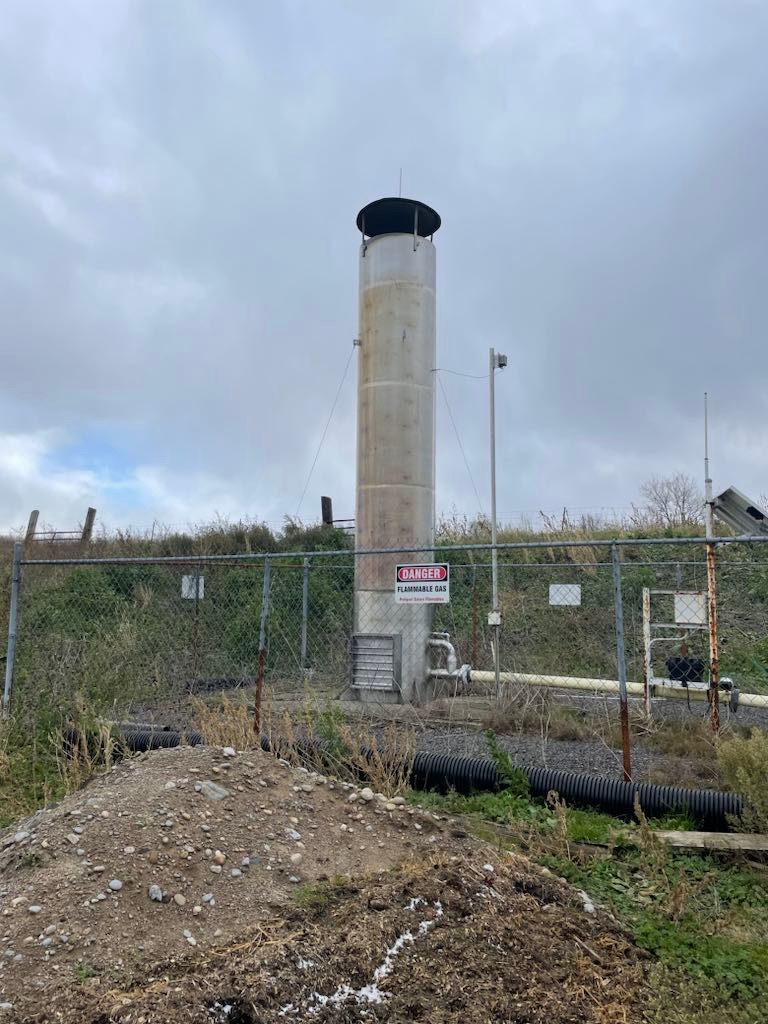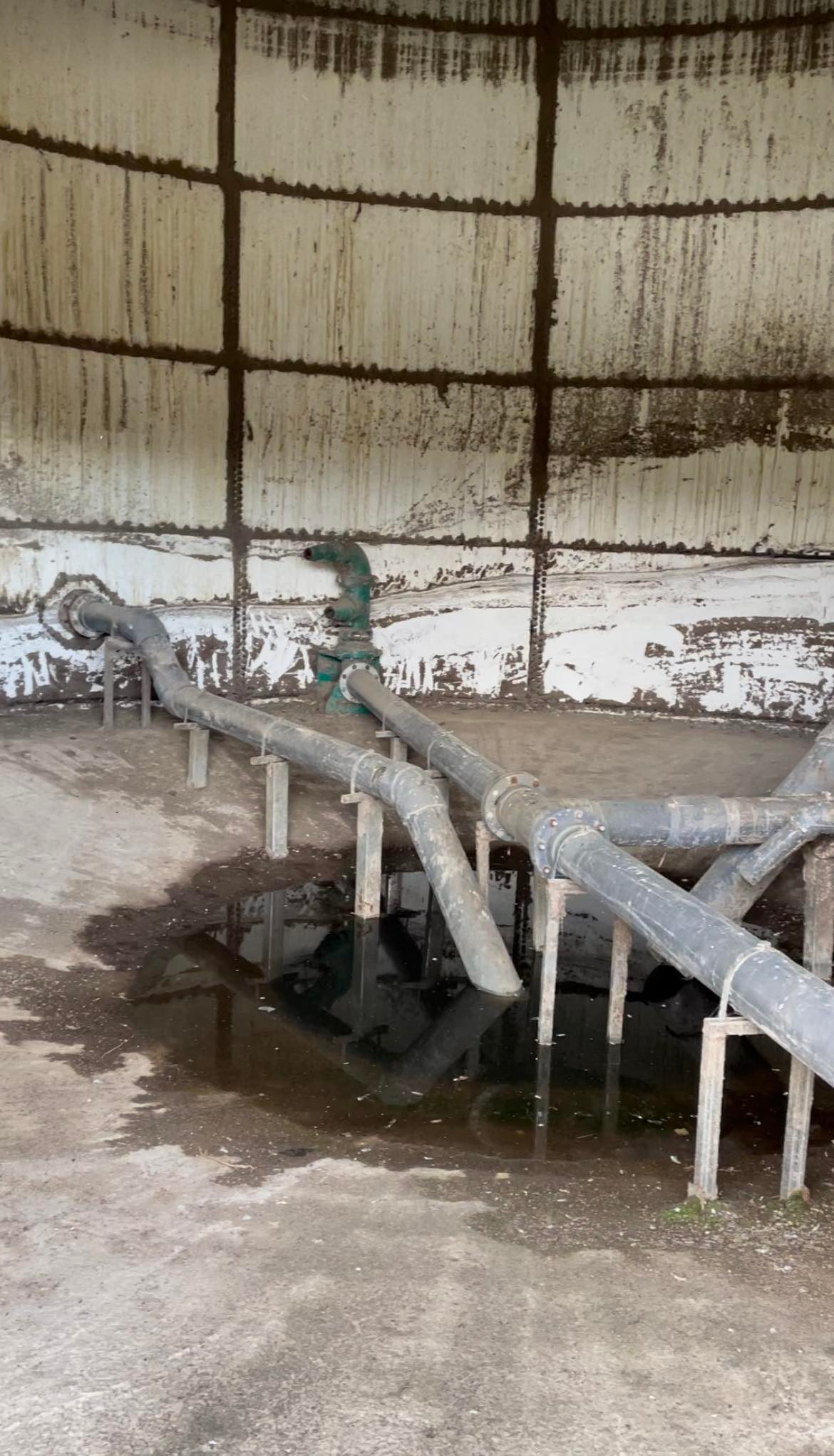The additionality argument for bringing defunct anaerobic digesters back online
Methane has a Global Warming Potential of 84-87 over 20 years. In 2020, methane emissions from manure management on livestock farms comprised 9.2 percent of total US anthropogenic methane emissions, or almost 2.4 million metric tons of methane. The vast majority of these emissions, about 89 percent, result from anaerobic storage of manure on cow and hog farms where animals are confined in barns.
Anaerobic digesters (ADs) are one tool which can be used to capture and destroy methane emissions from manure. In one of the USDA’s earlier pushes to install ADs on farms in the mid-2000s, digesters were deployed to generate electricity, for use locally on the farm, or for sale onto the grid. To sell electricity to the grid, AD owners arranged long-term power purchase agreements (PPAs) with local utilities.
According to the EPA AgSTAR database, since then, at least 37 AD projects have been abandoned, and many active projects are at risk of going offline. AD projects typically fail in two key ways:
1. Digesters break. In this case, it is usually not the part that captures the biogas that is broken: it is either the electricity generator, or the mechanical components of the digester (if there are any – for example in a “complete mix” digester). In many cases, biogas released from manure is captured, but vents to the atmosphere because the components required to destroy it are broken. Servicing digesters and replacing components in the event of mechanical failure is costly, and requires access to professional engineers.
2. Power purchase agreements run out without the option for renewal. Electricity from biogas must compete for PPAs with other sources of renewable electricity, such as wind and solar. The price of renewable electricity – 2-3¢/kWh for wind, 6-8¢/kWh for solar – makes digesters, which need to fetch 8-14¢/kWh to operate sustainably, uncompetitive. The cost of electricity from other renewables continues to decline, while the cost of electricity from anaerobic digestion has remained relatively unchanged. In the absence of state or federal incentives, utilities have little reason to renew contracts for digester electricity – and farmers lose this source of revenue which helps them operate and maintain their digesters.
Emissions from livestock manure management will not go away unless a farm goes out of business. In fact, they may increase over time as farms grow and add more animals, as farms transition to confined feeding systems, and as more digesters go offline. Climate change is also expected to play a role: hotter temperatures will increase the rate of methane production, and longer summers will lengthen the window during which methane is generated.
Without external capital, defunct digesters will not be reactivated. Large (and increasing) quantities of methane will continue to vent unabated to the atmosphere. To help secure the capital needed to address this issue, retrofitting defunct anaerobic digesters should be considered additional by carbon registries, project verifiers, and buyers of carbon offsets.

